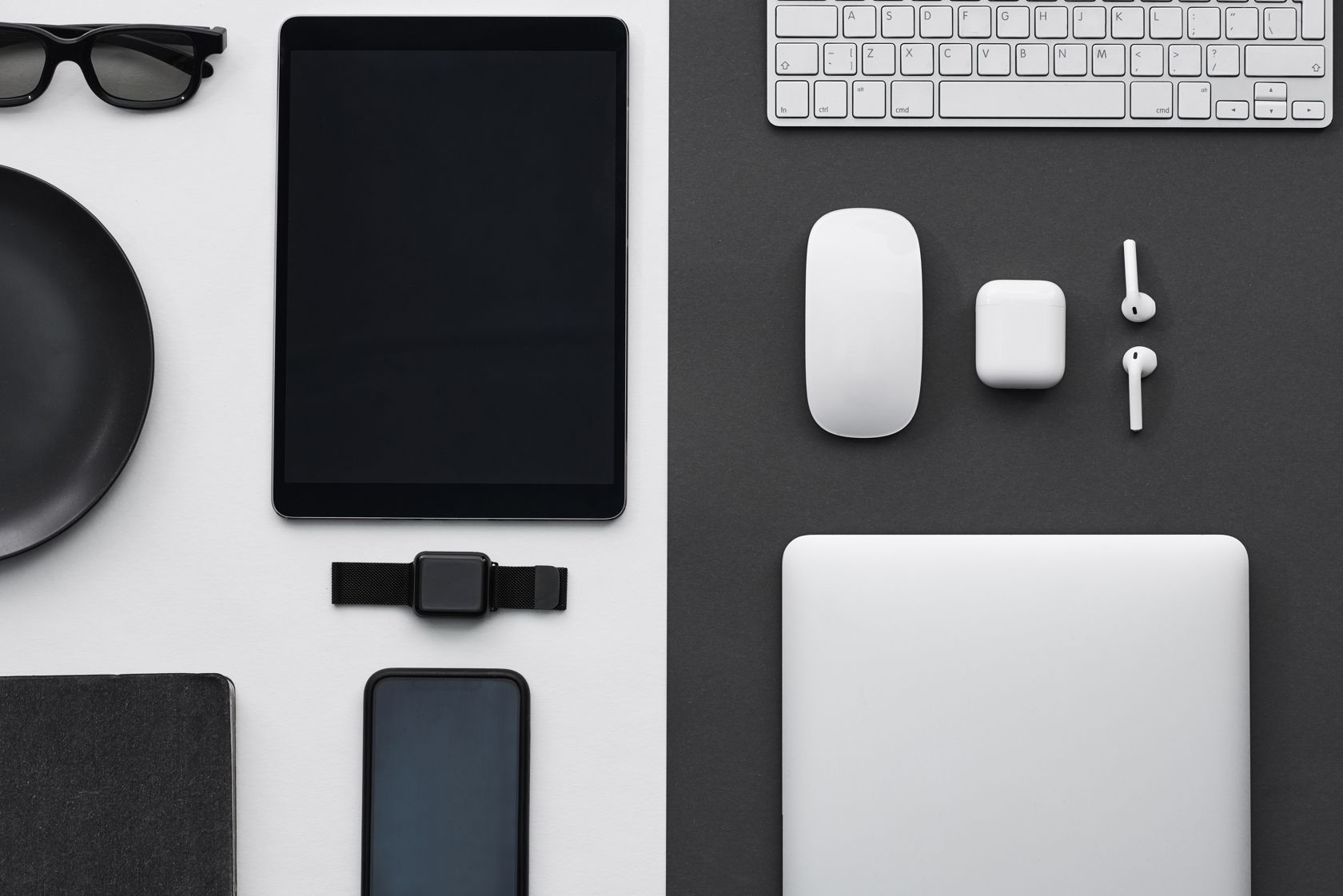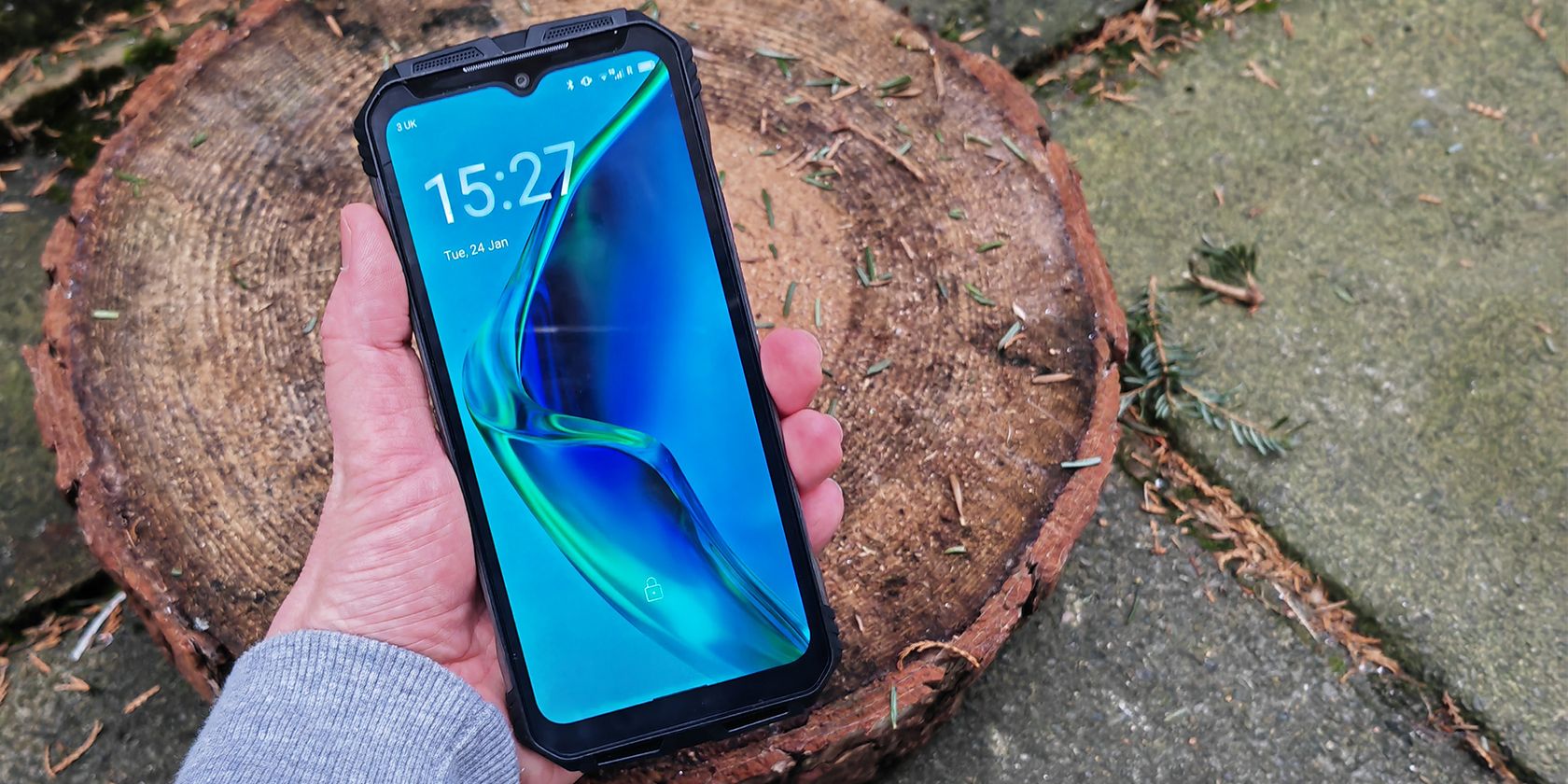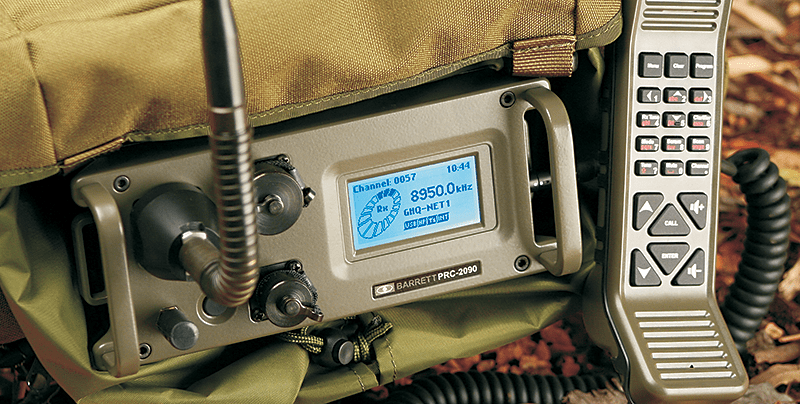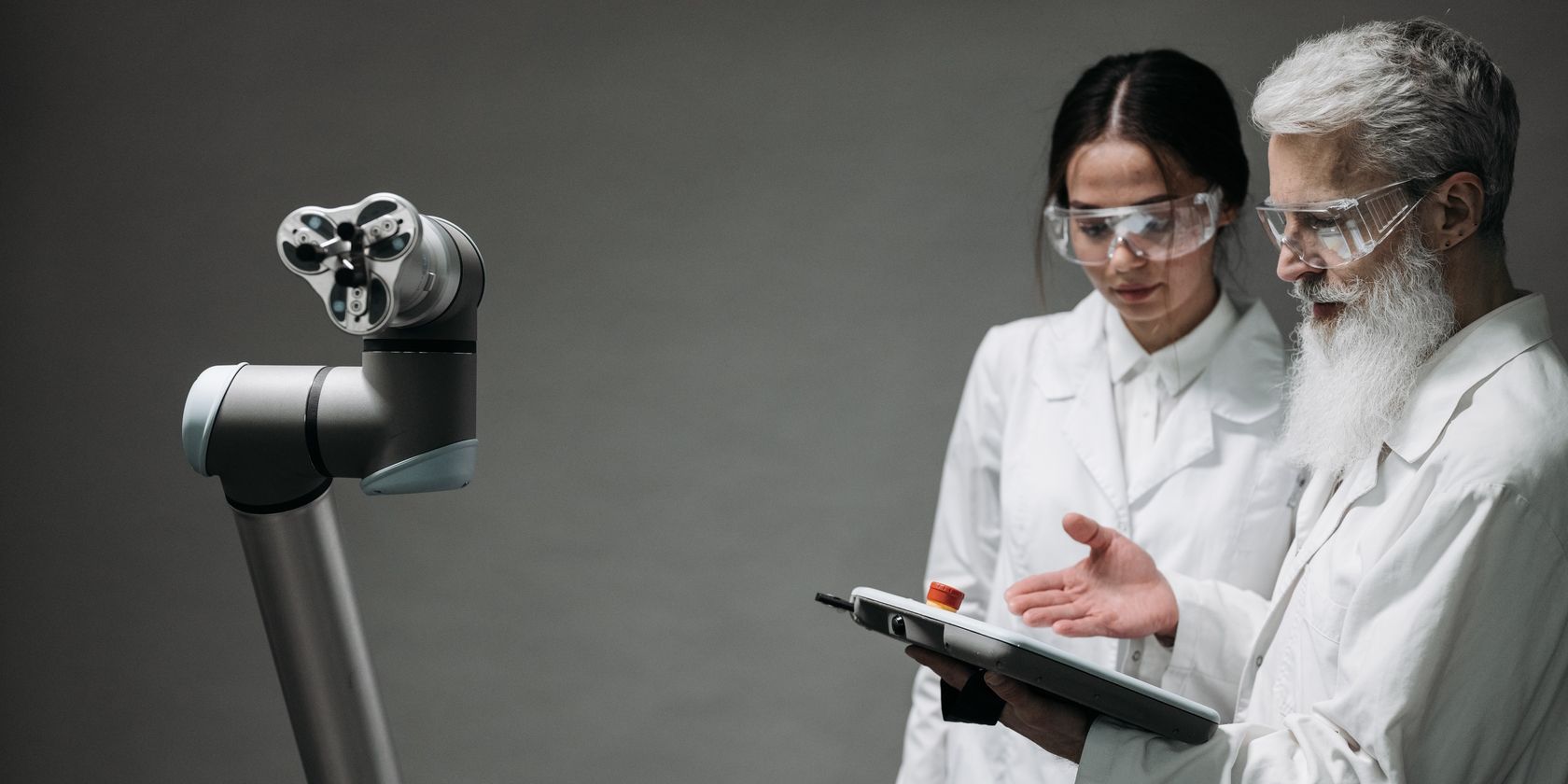Do you work on a construction site, constantly drop your phone, or enjoy climbing or hiking? A MIL-STD-810G-rated device might be best for you.
The military operates in harsh environmental conditions of varying degrees, so its equipment is MIL-STD-810G compliant to cope with harsh conditions and function optimally. What does this ten-character alphanumeric code mean? Is it truly a reflection of durability, or does it mean something else?
What Is MIL-STD-810G?
MIL-STD-810G is a U.S. military standard for testing military devices and hardware. It is designed to ensure that manufacturers and contractors provide devices and equipment to withstand harsh conditions.
Although MIL-STD-810G was initially designed for U.S. military equipment and applications, the standard has now found use in ruggedized commercial consumer products, such as mobile phones, computers, tablets, consumer electronics, and industrial equipment.
Manufacturers of commercial products now subject their devices to these standards to market their products to consumers with heavy-duty work, such as manual workers, hikers, and outdoor climbers. You might want to check out some of the best-rugged phones to carry along for an outdoor adventure.
The tests vary depending on the product’s weight, size, and nature. The following are the goals of the standard guidelines and test methods:
- To highlight the stress duration, sequences, and life cycles of the product.
- To evaluate the equipment’s performance in the presence of environmental stressors.
- To determine deficiencies in the manufacturing and maintenance processes, design, materials, and packaging.
- To demonstrate contractual requirement compliance.
If they pass these tests, they are deemed MIL-STD-810G-compliant and worthy of being sold commercially—and even to the military.
How Is MIL-STD-810G Tested?
MIL-STD-810G is executed through various tests. The standard tests are 29 in number and are structured to mimic various environmental conditions, such as vibration, shock, low and high-pressure conditions, humidity, and rainfall. The laboratory test procedures, world climatic regions, and guidelines are thoroughly described in the 800-page ATEC Guide [PDF].
 6 Limitations of MIL-STD-810G Testing for Consumer Hardware
6 Limitations of MIL-STD-810G Testing for Consumer Hardware
MIL-STD-810G has great benefits, but the standard is not bulletproof, especially regarding consumer hardware.
1. No Standard Testing Procedures or Centers
Devices are different in their composition, structure, and uses. So, testing procedures for ensuring that different devices are truly MIL-STD-810G compliant may vary and be inconsistent in results. Additionally, no existing agencies or commercial organizations certify the MIL-STD-810G claims of commercial vendors.
2. Conducting the MIL-STD-810G Test Is Expensive
The MIL-STD-810G test is very expensive to organize and conduct. That is because replicating the environmental conditions for all 29 tests in the laboratory requires a great deal of technology, which can require huge sums of money. For this reason, some manufacturers may carry out only a few tests.
3. Lack of Strict Regulations
Another limitation is that the regulations are not strict. Ideally, for a product, say a smartphone, to be certified MIL-STD-810G compliant, the manufacturers must fulfill the numerous strict guidelines stipulated in the official handbook. This means that after manufacture, the smartphone should be sent to an external laboratory for rigorous testing, where all 29 tests are replicated.
However, the manufacturer can claim to carry out all the tests in-house without any external verification and claim their products or equipment is MIL-STD-810G compliant. However, they might have fudged the tests or even completely omitted some.
4. Not Applicable to Real-World Issues
Some MIL-STD-810G tests do not apply in the real world, especially for consumer products. These include:
- Explosive atmosphere test
- Acid atmosphere test
- Mechanical vibrations of shipboard equipment tests
5. Narrow Testing Conditions
The testing conditions that manufacturers can expose devices to in their laboratories are limited. That means some environmental conditions, either singularly or in combination, cannot be adequately replicated in the laboratory.
6. Test Results Are Difficult to Interpret
MIL-STD-810G testing requires proper laboratory and engineering skills and judgment. Because of the limitations of testing, interpreting and extrapolating the results from these laboratory tests to the results achievable in real-world conditions is difficult.
4 Prominent Misconceptions About MIL-STD-810G Testing
There are several untruths about MIL-STD-810G testing. Here are some misconceptions you should note:
- MIL-STD-810G Tests Are Only for Military Equipment: The testing procedure started with military hardware. However, many manufacturers that commercially produce products likely to be used in harsh conditions have now adopted the MIL-STD-810G testing guidelines. These products range from mobile phones, consumer electronics, and medical equipment to industrial equipment.
- Passing MIL-STD-810G Tests Indicates a Device Is Durable: When manufacturers say a device passed the MIL-STD-810G test, it doesn’t guarantee the device will be or is durable. Technically, it should, but you can’t be sure because there are no strict regulations to verify those claims.
- All Devices Are Tested Using the Same Standards: Many manufacturers don’t have the resources to replicate all 29 tests in their labs. So they typically don’t use the same standards for all devices.
- All Testing Conditions Must Be the Same: The testing conditions vary from device to device, depending on the environment in which it’ll be used. One device may be tested for extreme heat and vibration, while another for humidity and altitude.
When Should You Rely on MIL-STD-810G Standards?
Below are three situations where using MIL-STD-810G standards is ideal:
1. To Compare Devices From Different Producers
Nowadays, a lot of companies are more profit-driven than value-driven. They pump half-baked products into the market, leaving the end users to pay for their negligence.
If you want to know which producers invest in providing good devices for consumers, comparing devices using MIL-STD-810G is a solid approach.
2. To Determine a Device’s Probable Durability
It’s safe to say that devices that are MIL-STD-810G certified will be durable. For example, if a laptop is tested against dust and passed, it will be durable when used in a dusty environment, assuming all other factors are normal.
3. To Design a Device for Specific Environments
MIL-STD-810G is also used to design devices for specific environments. For example, people living in areas with high mining activities should have devices that can tolerate constant vibrations. In contrast, those living in dry, arid, and desert conditions should have devices that can withstand extreme heat, sand, dust, and wind.
Don’t Rely on MIL-STD-810G
Even though MIL-STD-810G certification may provide some measure of probable durability, you may discover this is only sometimes true in real-life situations. A smartphone may be certified as passing the 26 four feet drop test, only to become dysfunctional when it falls on concrete.
So don’t only rely on MIL-STD-810G; other factors can determine the durability of a device.





